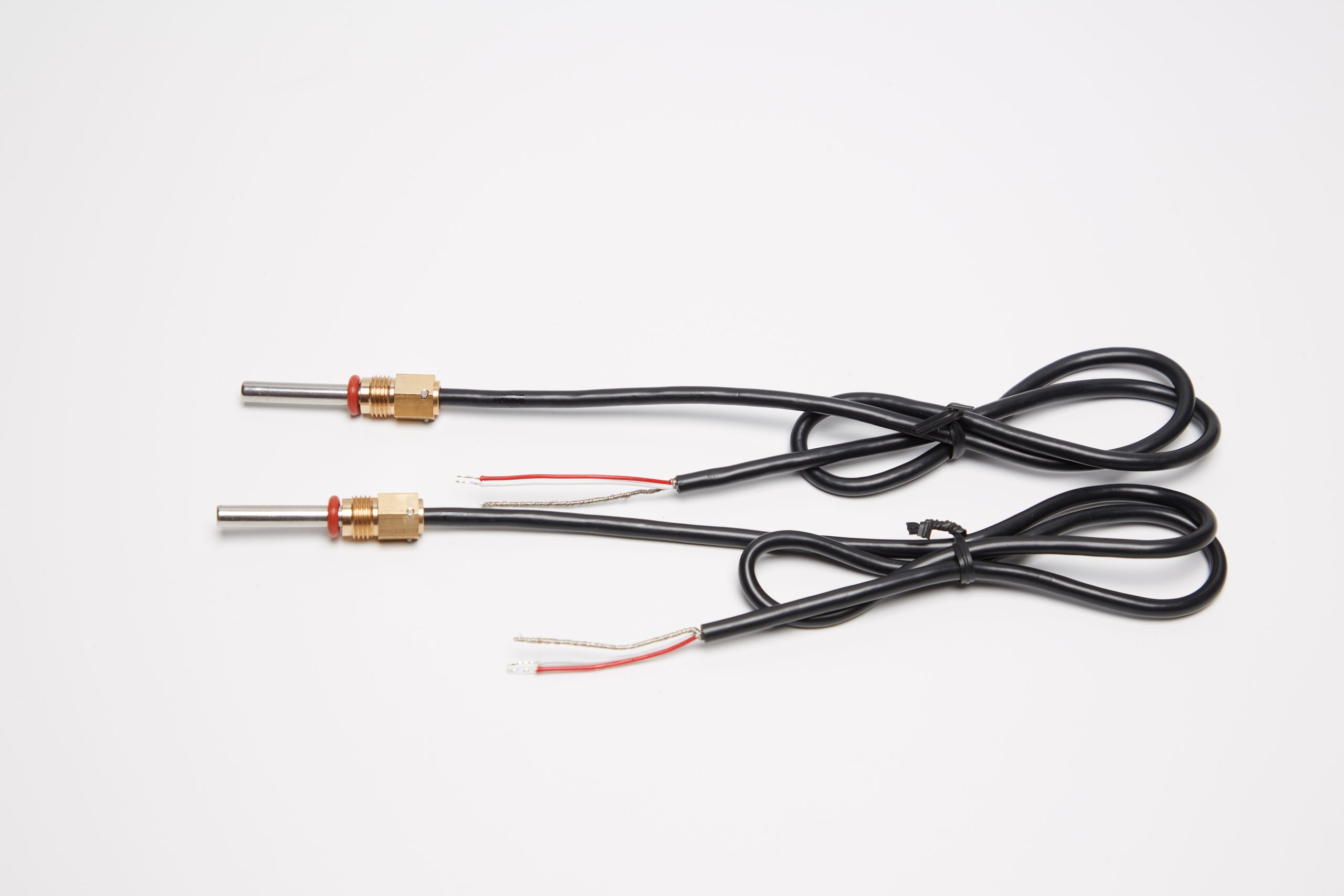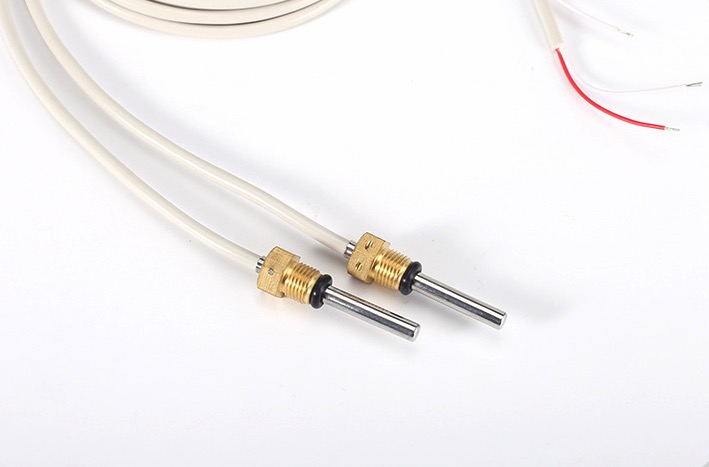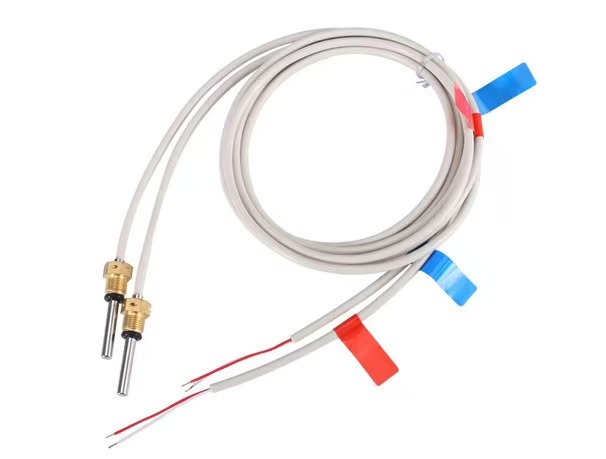1. Introduction
Welcome to our comprehensive guide on CO2 temperature and humidity sensors. In this article, we will explore the importance of these sensors, their benefits, applications, and provide valuable tips on choosing, installing, and maintaining them.
2. Importance of CO2 Temperature and Humidity Sensor
CO2 temperature and humidity sensors play a crucial role in various industries and environments. They help monitor and control the levels of carbon dioxide, temperature, and humidity, ensuring optimal conditions for human comfort, safety, and efficiency.
3. Benefits of Using a CO2 Temperature and Humidity Sensor
By utilizing a CO2 temperature and humidity sensor, businesses and individuals can enjoy several benefits. These include:
- Improved Indoor Air Quality: Monitoring CO2 levels can prevent the accumulation of harmful gases and ensure a healthy environment.
- Energy Efficiency: By adjusting ventilation and HVAC systems based on real-time data, energy consumption can be optimized.
- Comfort and Productivity: Maintaining optimal temperature and humidity levels enhances comfort, leading to increased productivity.
4. Applications of CO2 Temperature and Humidity Sensor
The applications of CO2 temperature and humidity sensors are diverse and span across various industries such as:
- Smart Homes and Buildings: These sensors enable intelligent climate control systems, reducing energy waste and enhancing comfort.
- Agriculture: Monitoring and controlling environmental conditions in greenhouses or livestock facilities is vital for crop growth and animal welfare.
- Manufacturing: Maintaining optimal conditions in production facilities ensures product quality and worker safety.
5. Factors to Consider When Choosing a CO2 Temperature and Humidity Sensor
Choosing the right CO2 temperature and humidity sensor requires careful consideration of several factors. These include:
- Accuracy: Ensure the sensor provides accurate and reliable measurements within the desired range.
- Compatibility: Verify that the sensor is compatible with your existing systems or devices.
- Features: Consider additional features such as data logging, wireless connectivity, and alarm notifications.
- Cost: Evaluate the sensor’s price in relation to its performance and the value it brings to your specific application.
6. How to Install and Use a CO2 Temperature and Humidity Sensor
Installing and using a CO2 temperature and humidity sensor can be straightforward if you follow these steps:
- Select an Appropriate Location: Place the sensor in an area representative of the environment you want to monitor.
- Follow Manufacturer’s Instructions: Install the sensor according to the manufacturer’s guidelines, ensuring proper wiring and connections.
- Calibrate the Sensor: Calibrate the sensor periodically to maintain accurate readings.
- Integrate with Control Systems: Connect the sensor to your control system or data logger for real-time monitoring and analysis.
7. Maintenance Tips for CO2 Temperature and Humidity Sensor
To ensure the longevity and optimal performance of your CO2 temperature and humidity sensor, consider the following maintenance tips:
- Regular Cleaning: Keep the sensor clean from dust and debris to prevent any interference with the readings.
- Calibration Checks: Schedule regular calibration checks to rectify any deviations in accuracy.
- Component Inspection: Inspect the sensor’s components and wiring for any signs of damage or wear.
8. Conclusion
CO2 temperature and humidity sensors are vital tools for maintaining healthy, energy-efficient environments. By understanding their importance, benefits, and proper usage, you can make informed decisions when selecting, installing, and maintaining these sensors. Remember to consider your specific needs and consult reputable manufacturers or experts for further guidance. Invest in a high-quality CO2 temperature and humidity sensor to optimize comfort, safety, and efficiency in your environment.
CO2 temperature and humidity sensor is an essential device for monitoring and controlling indoor air quality. Whether it’s in smart homes, agriculture, or manufacturing, these sensors ensure optimal conditions for human comfort and efficiency. Choosing the right sensor involves considering accuracy, compatibility, features, and cost. Once installed, regular maintenance and calibration checks are necessary to ensure accurate readings. Invest in a reliable CO2 temperature and humidity sensor for a healthier and more productive environment.





